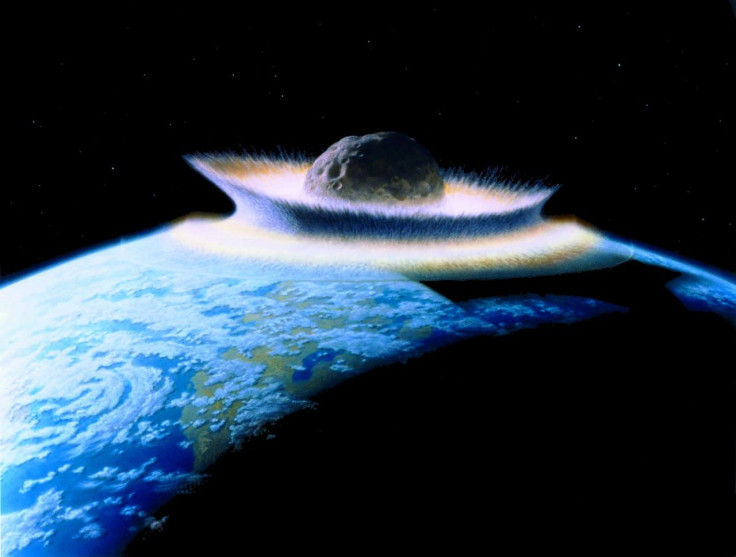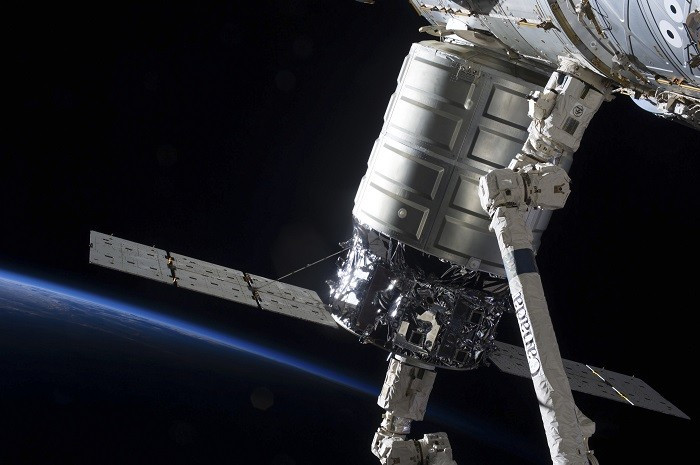Asteroid day: What is the biggest danger to us?

Is the earth under threat from any asteroids? Is there any chance that we will perish at the hands of a massive space rock hurtling towards our lonely planet, similar to the fate of the dinosaurs?
"We have detected over 12,000 potentially hazardous asteroids," was the word coming from Brendan Owens, Astronomer at the Royal Observatory Greenwich, when speaking to IBTimes UK.
However, that's not as intimidating as it sounds. Astronomers and space experts count anything that's within a radius of 45 million kilometres. To put that into context, the moon is 380,000 kilometres away from us, and the sun is 45m kilometres away.
"None of them are on a collision course with Earth," continues Owens.
"But all these objects in space, they all interact with one and other so any asteroids that pass close by to any bodies, including the earth and other planets, will cause a slight change in their orbits. They will always be shifting over time, there is always a little gravitational tug of war between these objects."
This means that there could be a few unexpected surprises. Take the Chelyabinsk incident for example.
In 2013, a 20m wide asteroid exploded over the Russian city which caused damage to buildings and injured some of the population. No one died, "but if there was anything else larger, then it would have made more of a landfall. There are objects that we've seen in the past like the Tunguska blast, which flattened trees for kilometres. If there was a population [in Tunguska], that would have been devastating," said Owens.
The Chelyabinsk event was surprising because astronomers didn't see it coming. But maybe that's a good thing in the long run: "After the Chelyabinsk strike, there were a lot of smaller telescope projects that were greenlit. It was a wake-up call for people to say 'we need more eyes on the sky'."
With the rapid rise of technology and more eyes constantly on the sky, are we prepared for just about every scenario?
Almost. Owens added that we can now account for the location and trajectory of 90% of the "big hitters" out there. Altogether, astronomers have discovered 680,000 asteroids. That means that if a tenth aren't noted, there could be 68,000 potentially hazardous asteroids.
"The biggest thing to do first of all is to find them," says Owens. "Once you've found them, then you can keep an eye on them and monitor them.
"There are many objects out there that we have yet to find."
The destruction of the dinosaurs was a great learning curve for us; prepare for the worst. Although there is nothing hurtling towards us that could be devastating just yet, it doesn't mean there won't be in the future.
There are many ongoing projects that focus on how to protect us from giant space rocks that would send us out in a blaze of glory.
Owen's explains that the most feasible and safest way is to use a spaceship called a gravity tractor – a large craft that has a big enough mass that creates a suitable gravitational pull that can be used to take an asteroid off course.

Ultimately asteroids, for now at least, are not posing any threat. The real danger, it seems, comes from ourselves – who would have thought it!
A plethora of man-made objects are orbiting Earth. Satellites that provide us with phone, GPS and TV signals, and monitor us and so on. Although space is vast and potentially limitless, the space around our world is not.
"Space is a lot more accessible now and there are a lot of commercial companies that are able to launch stuff up," said Owens.
"We've got to be careful that any defunct satellites that have ran out of fuel and their orbits are degrading, that they're very carefully de-orbited. They can burn up safely in the Earth's atmosphere if it's done right – but we have to be very careful how we populate the different orbits."
© Copyright IBTimes 2025. All rights reserved.






















